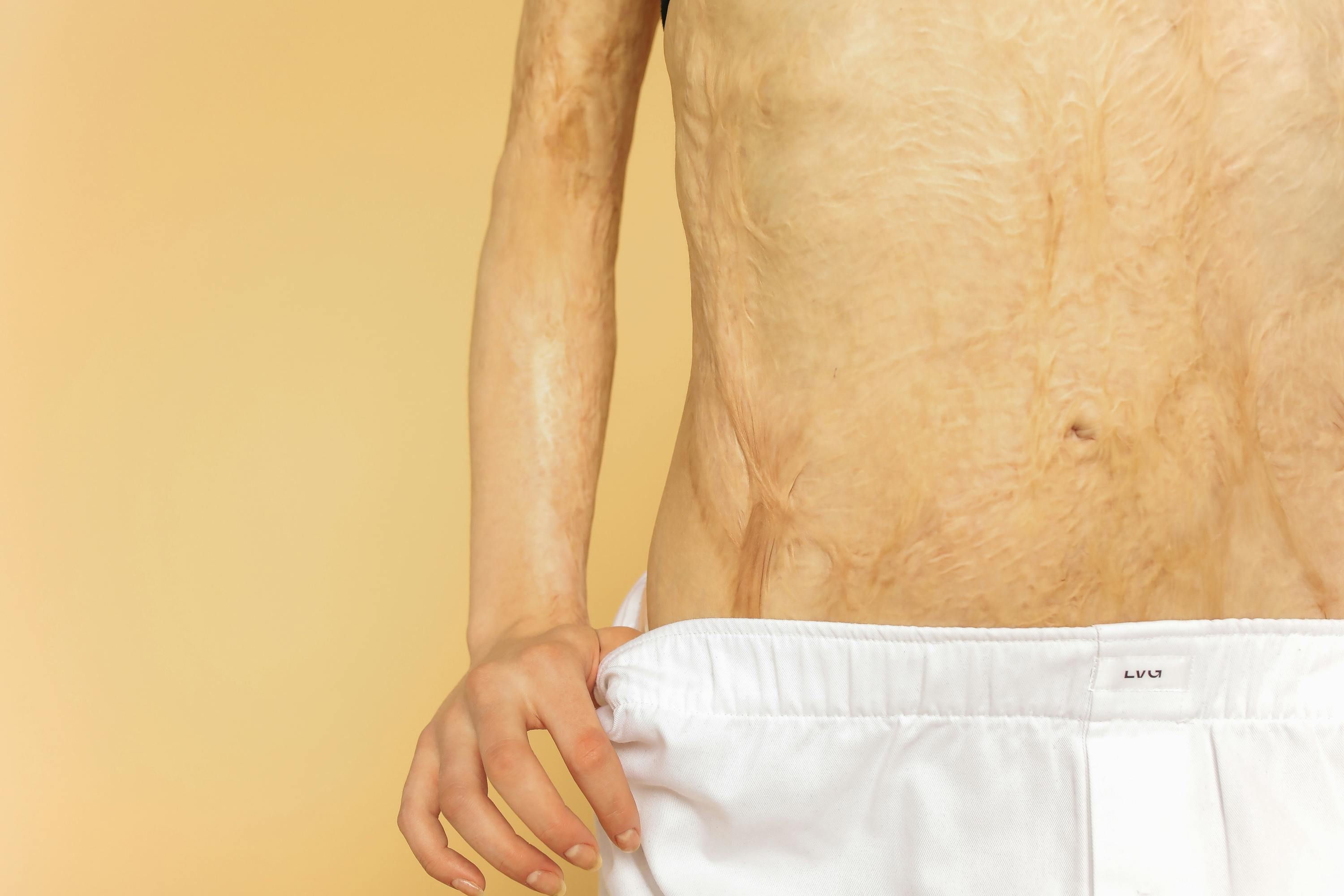Alleged Audacity: 5 Workouts for Relieving Sensations Linked to Meralgia Paresthetica Discomfort
Alrighty then, let's dive into this whole meralgia paresthetica situation. It's basically when a nerve in your thigh, known as the lateral femoral cutaneous (LFC) nerve, gets squished - think of it like a party pooper at a rave. Not cool, nerve.
In some instances, the ol' meralgia paresthetica may just bugger off on its own. But, in most instances, you'll need to put in a bit of work to relieve that compressed nerve and kick the symptoms to the curb.
Don't panic, you don't need a fancy gym membership or a personal trainer to sort this out. There are simple steps you can take to treat meralgia paresthetica on your own, including:
- Stretching exercises
- Losing a few pounds
- Opting for comfy clothes
For this article, let's focus on the stretching exercises because, well, they are pretty brilliant. The right moves can help make the tissue around the nerve nice and supple and ease up on that tightness.
Here are five stretches to alleviate meralgia paresthetica pain
- Clamshell Stretch
- Quadricep Stretch
- Lunges
- Psoas Stretch
- Kneeling Hip Flexor Stretch

Let's take a closer look, shall we?
1. Clamshell Stretch
This floor-based stretch is fabulous for strengthening your hip stabilizers and freeing up your pelvic area, which helps relieve pressure on the nerve.
Here's what you do:
- Lie on your right side with your feet stacked and bent at a 45-degree angle.
- Place your right arm underneath your head, while your left hand keeps you stable by resting on the floor in front of your chest.
- Raise your left knee slowly while keeping your feet together.
- Hold for a bit, then slowly lower your knee again.
- Repeat 15 times, then switch sides and repeat.
Fun Fact: Want to really step it up? Use a resistance band around your thighs during this exercise!

2. Quadricep Stretch
Located right next to the LFC nerve, the quadricep muscle gets a workout in this stretch, boosting flexibility in your upper thigh while also strengthening the muscles in the area.
Here's how you do it:
- Stand up straight, with your feet hip-width apart.
- Bend your right foot up toward your butt and grab your right ankle with your right hand.
- Pull your heel up and back until you feel the stretch in the front of your right thigh.
- Hold for 20-30 seconds, then release and repeat on the other side.
You can do this move whenever you feel tightness in your thighs.
Pro Tip: Struggling with balance? Use a chair or other piece of furniture to help keep your steady during this exercise.

3. Lunges
This classic exercise is fantastic for stretching and strengthening the muscles while loosening up your leg area.
Here's the routine:
- Stand up straight, hands on hips (or at your sides if you're using weights).
- Take a big step forward with your left leg.
- Lower your body until your left thigh is parallel to the ground, while your right knee moves toward the floor.
- Repeat 15 times, then switch legs and repeat on the other side.
- Repeat for a total of 3 sets on each side.
Lunges can be done 1-2 times daily, but ensure you maintain proper form to reap the rewards.
Pro Tip: Add some resistance to your lunge by holding a pair of hand weights!

4. Psoas Stretch
The psoas muscle, located in your hip and upper leg, helps with flexibility and is closely linked to the LFC nerve. This stretch can help relieve tightness in the area and improve range of motion.
Here's what you do:
- Choose to do this stretch standing or kneeling, and if kneeling, stay near a wall for support.
- Either place your hands on the wall at shoulder height or rest one hand on your knee while lifting the other above your head.
- Lean forward or outward, turning your hip to feel the stretch in your hip flexors.
- Hold for 10 deep breaths before releasing.
Perform this stretch at least twice a day, or whenever you feel tightness.
5. Kneeling Hip Flexor Stretch

This strength-building stretch activates the glutes and psoas muscles while loosening up any tightness in the hip area, increasing your overall range of motion.
Here's the scoop:
- Kneel on one knee with your other leg flat on the ground.
- Place your hands on your hips.
- Lean forward and stretch the front of your thigh.
- Hold for 20-30 seconds, then switch legs and repeat.
- Repeat for 3 sets on each side, twice daily.
Just a heads up, be gentle with your knees when performing this stretch!
When other treatments might be necessary
These stretches and exercises may provide some relief for meralgia paresthetica. However, if the condition doesn't improve, or the pain becomes severe, it's essential to consult a medical professional. They may suggest additional treatment options, such as medications, injections, or in rare cases, surgery.
- Performing the Clamshell Stretch can help alleviate pain associated with meralgia paresthetica, as it strengthens the hip stabilizers and frees up the pelvic area, reducing pressure on the nerve.
- The Quadricep Stretch, located near the LFC nerve, can help increase flexibility in the upper thigh and boost the muscles in the area, making it useful for relieving symptoms of meralgia paresthetica.
- Stretching exercises can offer support in managing meralgia paresthetica symptoms, but if the condition persists or the pain becomes intense, it's crucial to consult a medical professional for further treatment options, such as medications, injections, or surgery.





